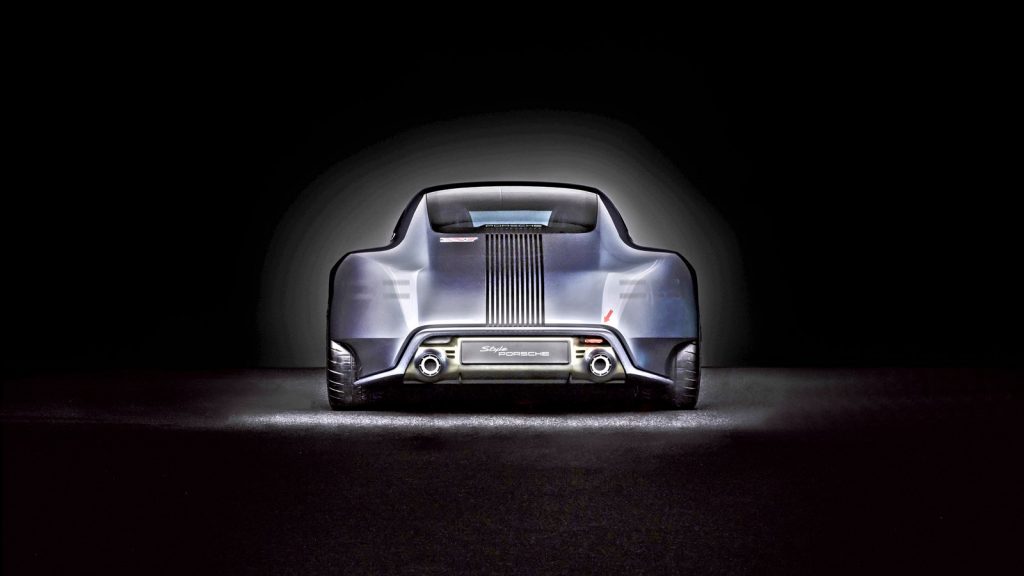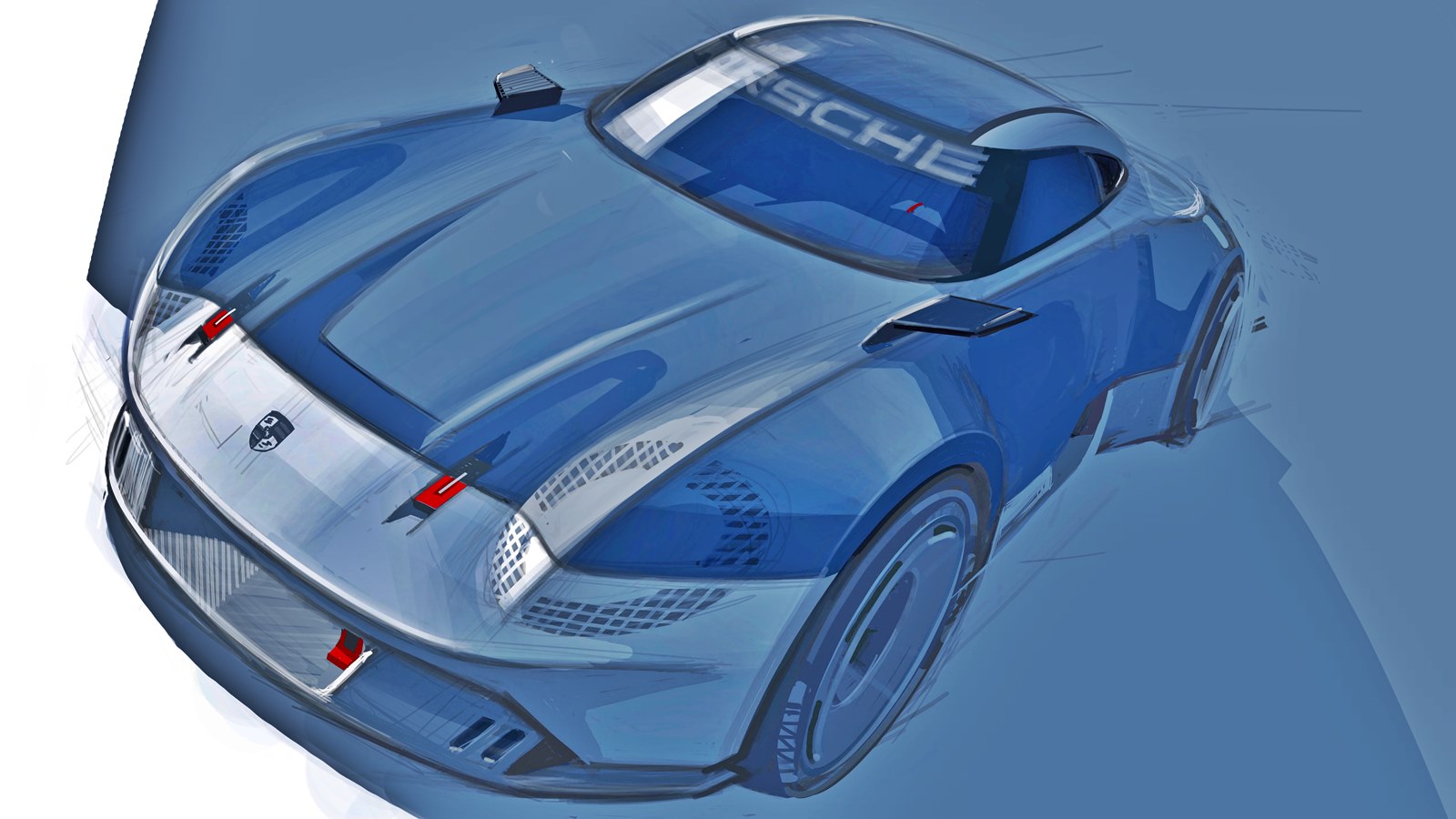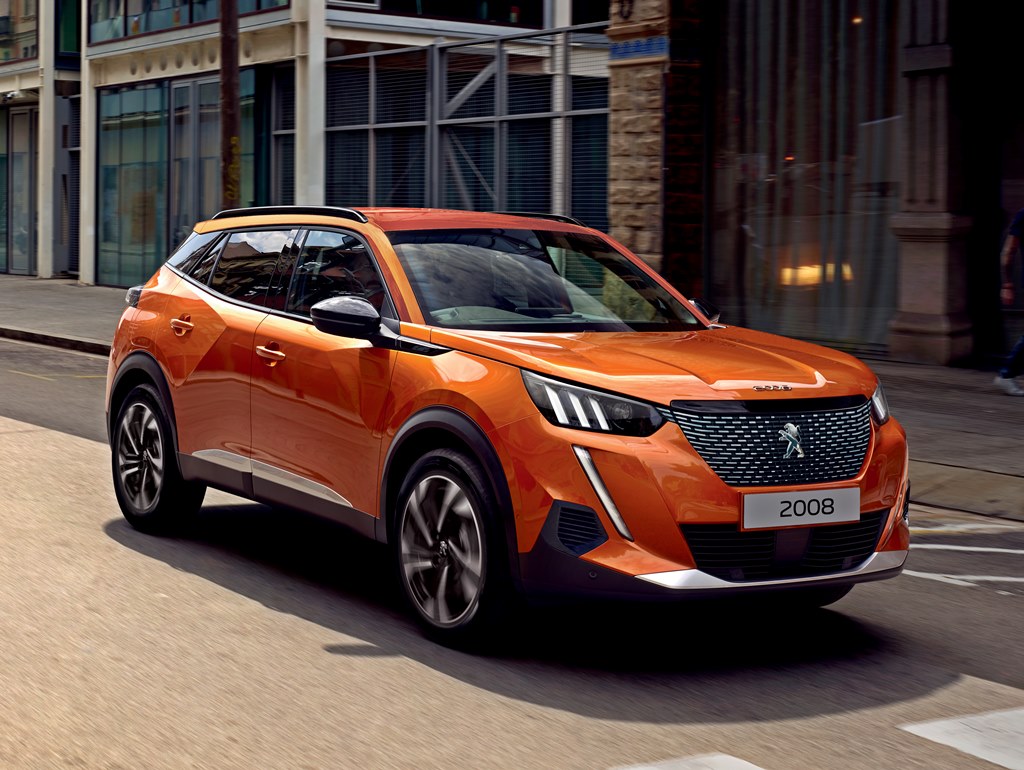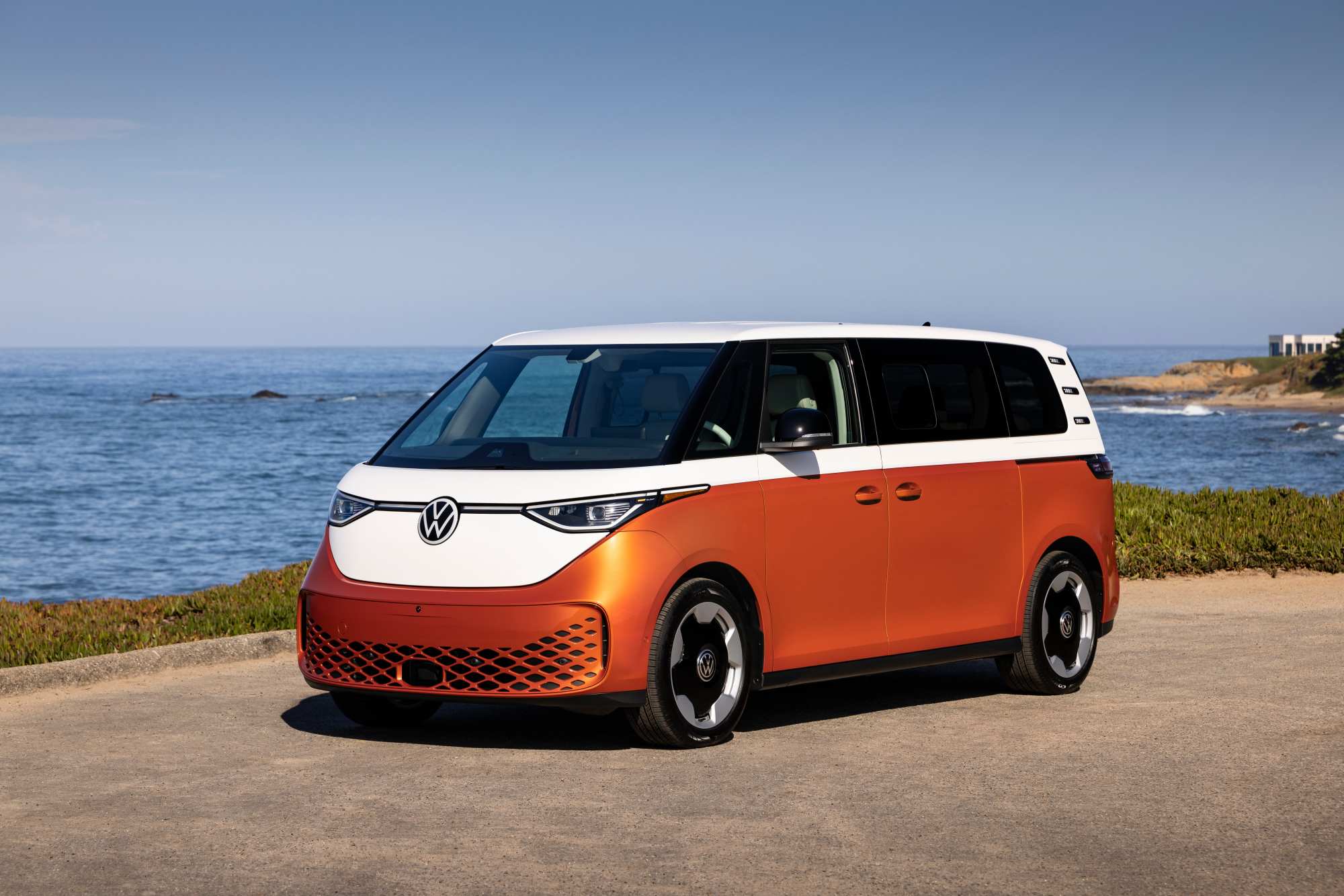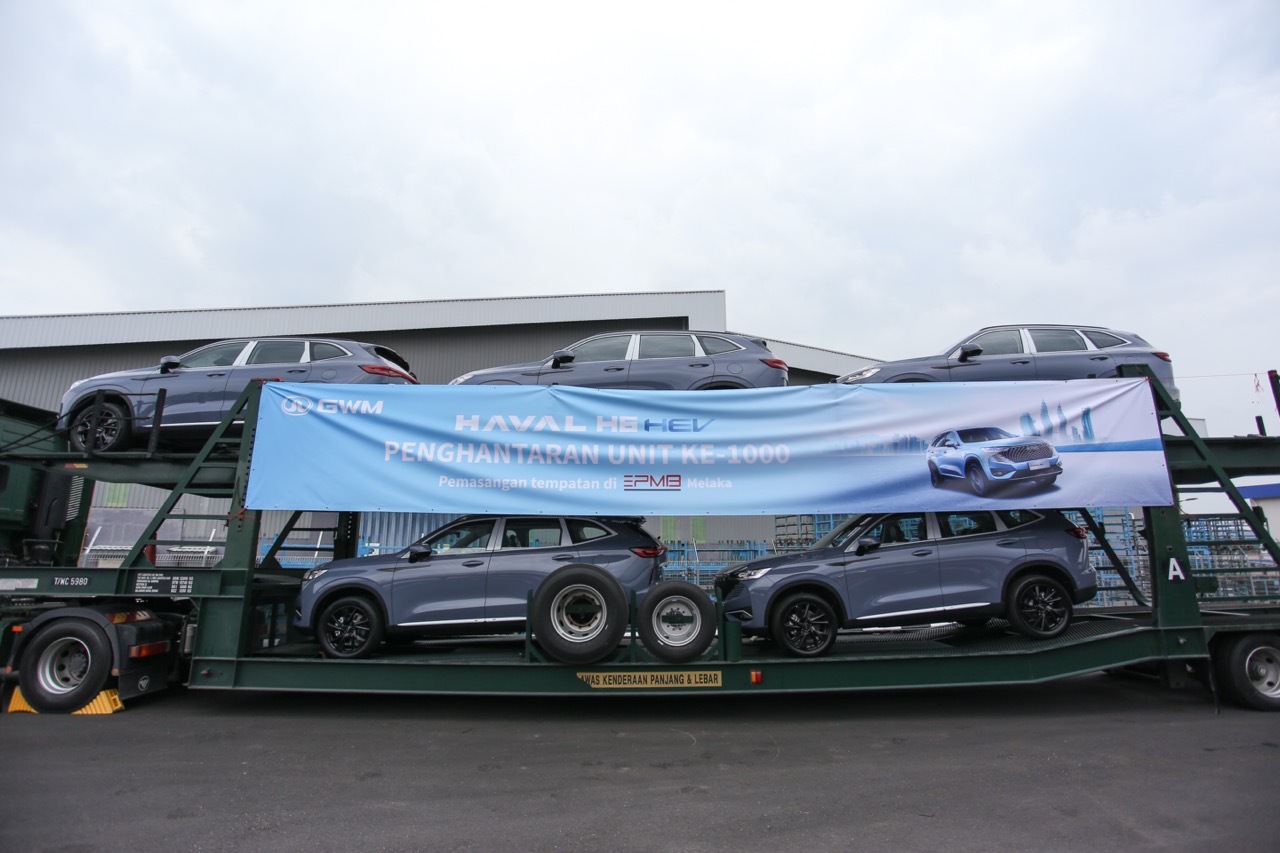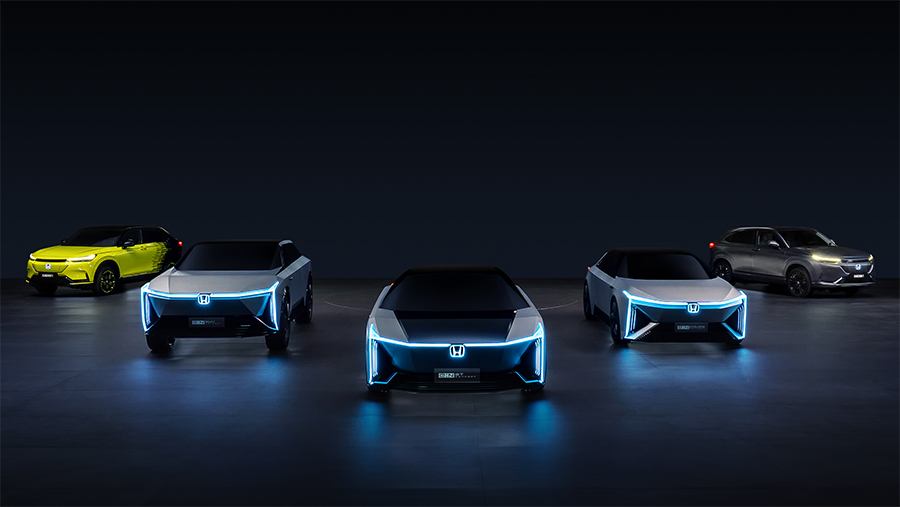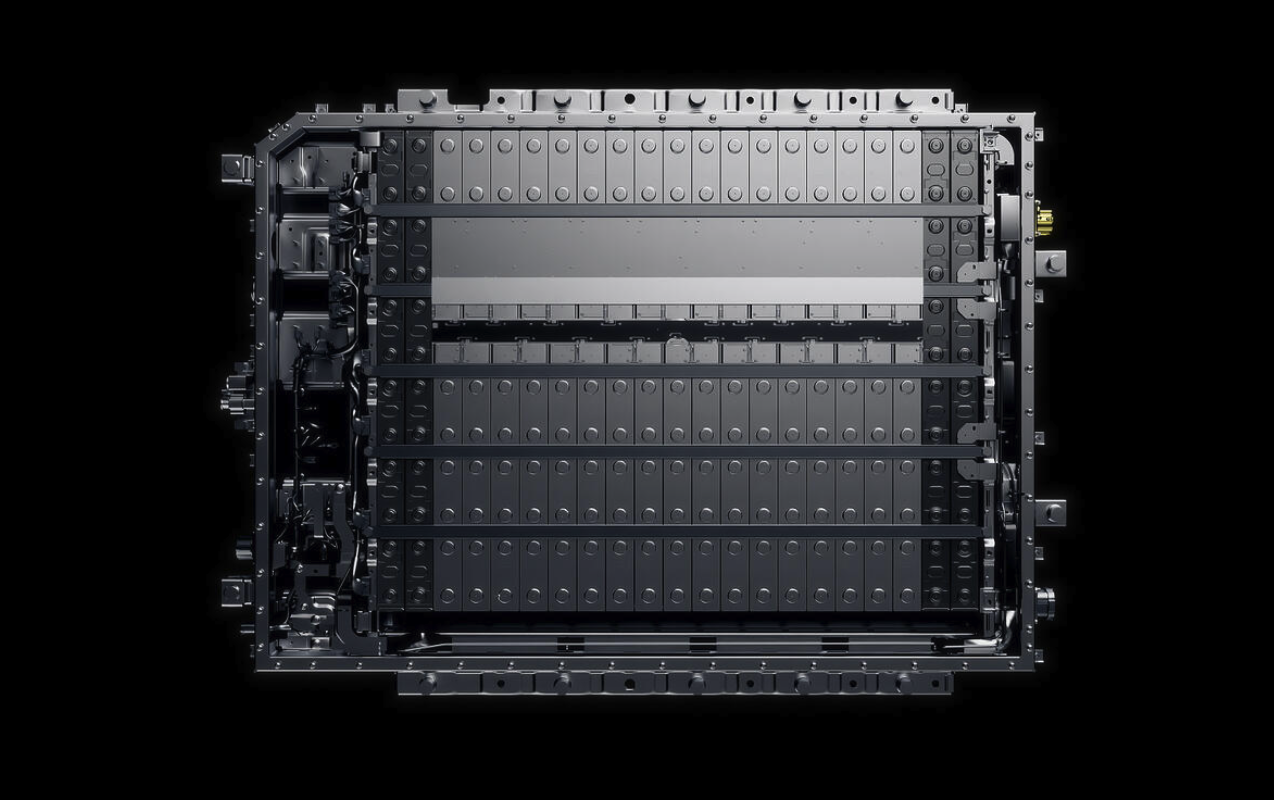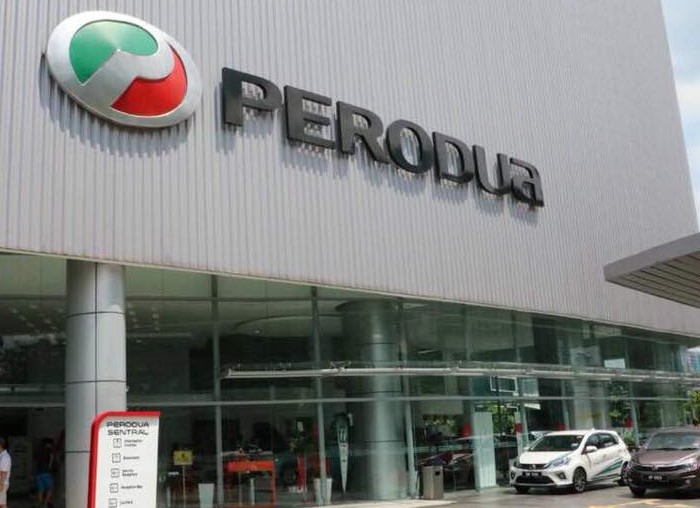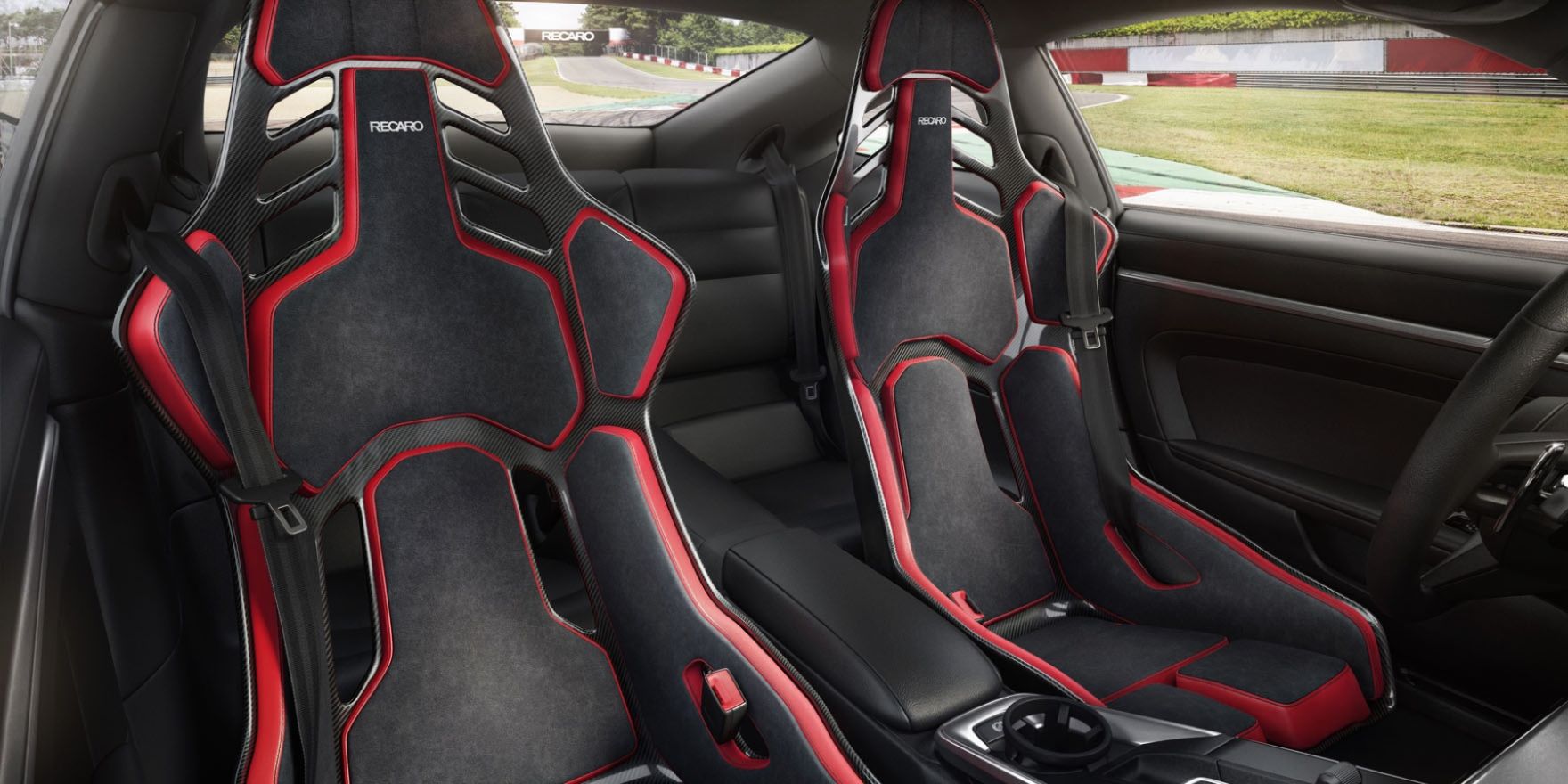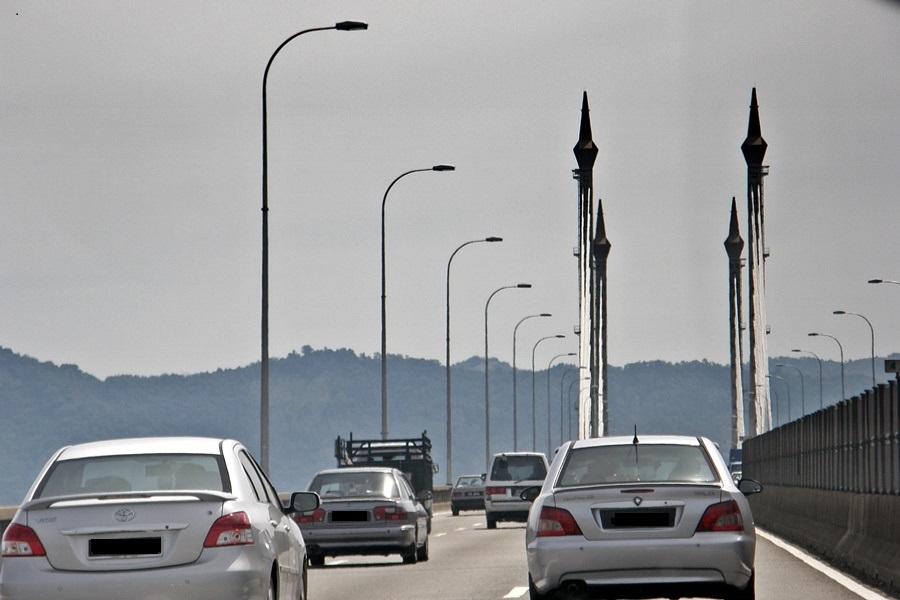Although Ferdinand Porsche’s engineering design office (Dr. Ing. h.c. F. Porsche GmbH) was making cars from 1931, each car and every project was numbered sequentially but did not carry the Porsche name. For example, order number 22 was for the legendary Auto Union Grand Prix racing car and the Type 60 was the Volkswagen.
The numbers therefore rose with each new order, with each engine designed, or with each drawing for an axle, gearbox or tractor. In 1948, by which time the project numbers had reached 356, something of historical significance happened: for the first time, an automobile was made under the official brand name of Porsche, hence it was called the Porsche 356.
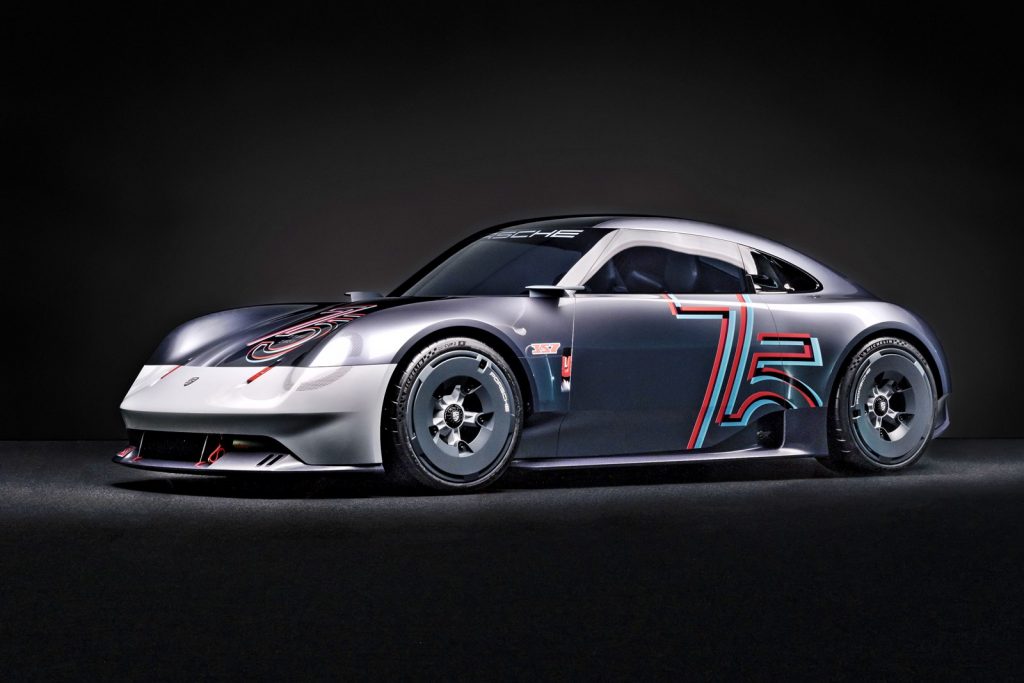
75 years later, Porsche celebrates this anniversary year with a special model which references the 356. Known as the Porsche Vision 357, it is strictly a design study, the company emphasizes, and manifests potential expressions of the future design philosophy. It tried to answer the question of what the dream of a sportscar of Ferry Porsche might look like today?
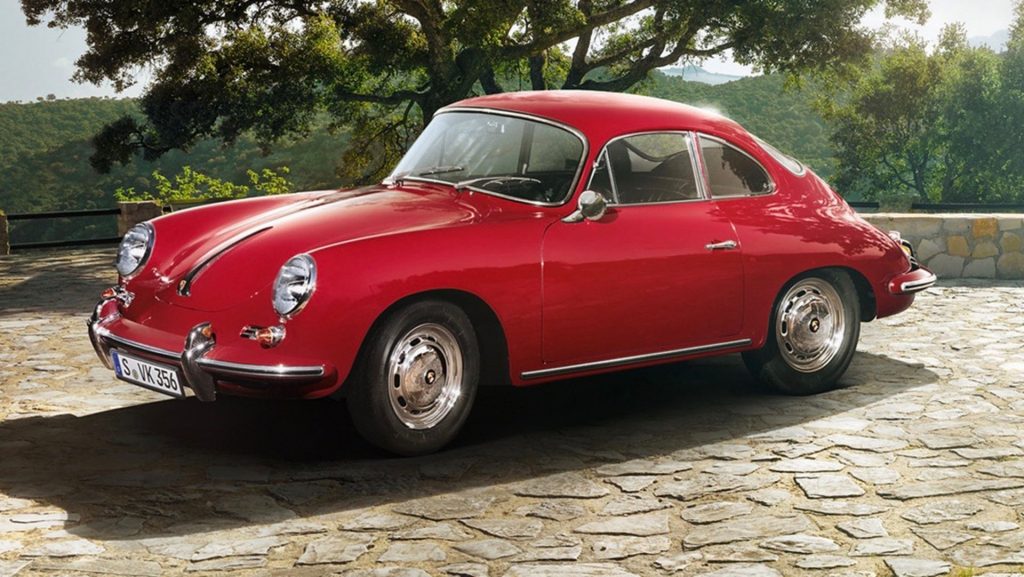
“We created a very special birthday present in the form of the Porsche Vision 357, one which uses the 356 as a basis to underscore the significance of our design DNA,” said Michael Mauer, Vice-President Style Porsche. “The design study is an attempt to combine the past, present and future with coherency, featuring proportions that are reminiscent of its historical archetype and details that visualise the outlook for the future.”

356 as a basis to design DNA
Unrestrained by the regulations that apply for production models, the Vision 357 is built on the technology platform of the 500 ps 718 Cayman GT4 RS. Like the Cayman, the Vision 357 has process air intakes positioned high behind the driver and passenger windows, adorned with comic-style ‘Air’ decals. Like the ‘eFuel’ logo on the fuel tank cap on the right wing, the decals are reminiscent of motorsport decals. This would indicate that the 4-litre boxer engine runs on sustainable efuel.
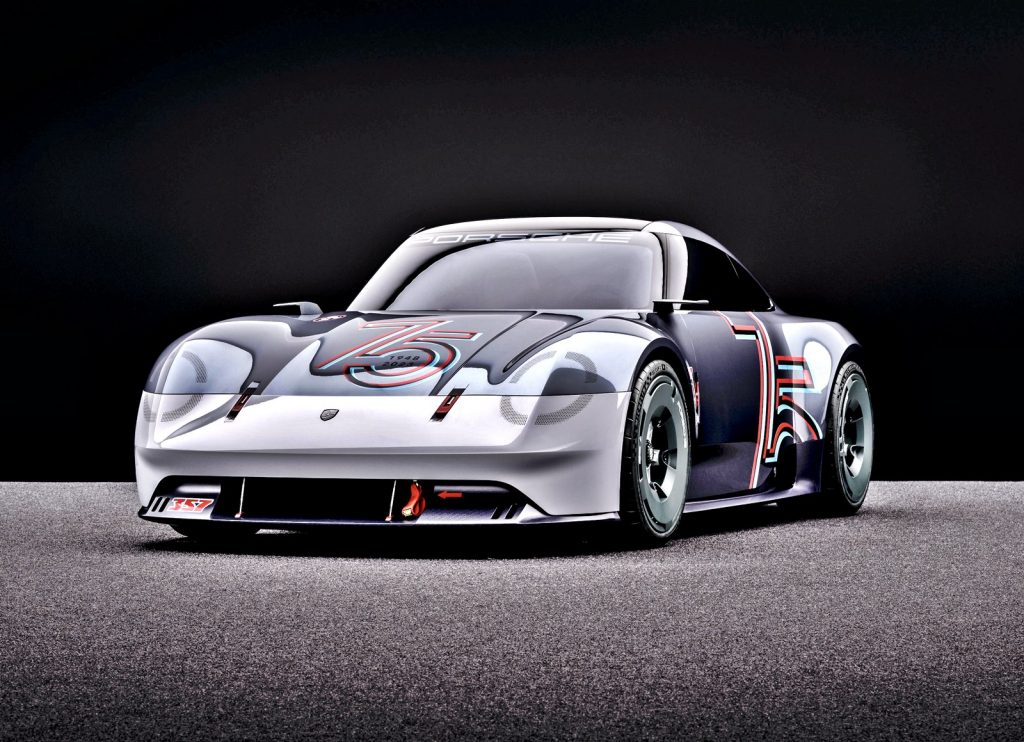
With its monolithic form, the narrow passenger cell with an abruptly sloping flyline and broad shoulders, the proportions of the Vision 357 evoke the lines of the 356. The A-pillars of the Vision 357 are black and visually unite the side window surfaces into a single unit. This DLO (daylight opening) graphic resembles the visor of a helmet.
The windscreen sharply wraps around the A-pillars. As in its historic ancestor, Porsche is pushing the boundaries of glass production. The early 356s had a split windscreen with a bar down the middle. The split design was replaced in model year 1952 by a one-piece windscreen with a bend down the centre.
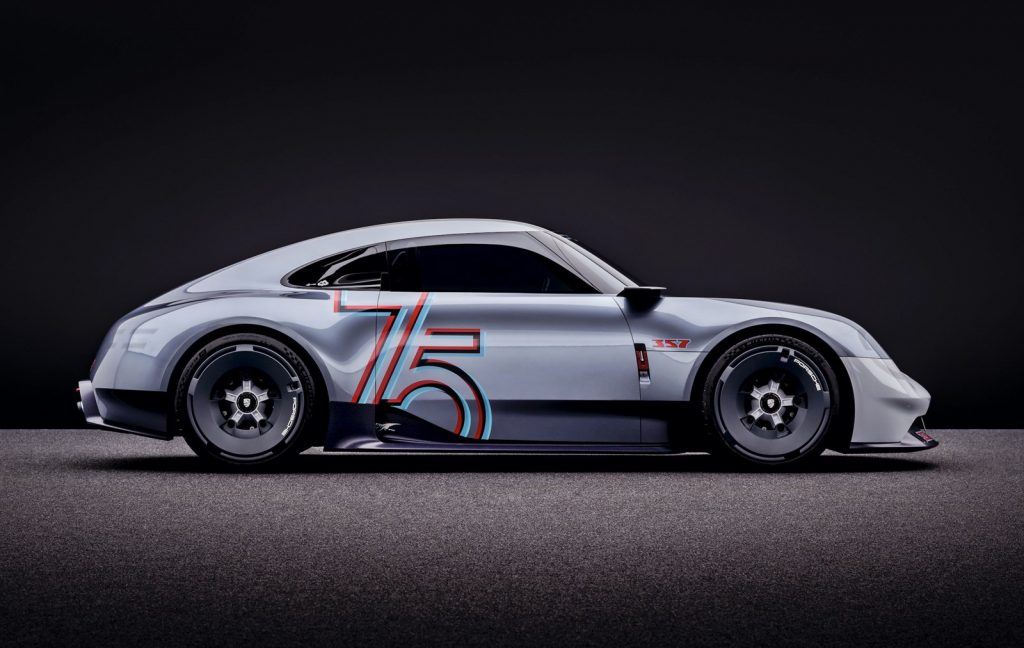
The functional details are integrated and underpin the sculptural character of the vehicle. This includes the concealed door openers by the side windows and the tail lights, which sit behind a patterned array of points in the body itself.
References to the 356
Another reference to the original is the grille pattern in the rear, in which the third brake light (not required in 1948) is integrated. Like all current Porsche models, the Vision 357 features a 4-point light signet in front. The round design of the headlights is also a throwback to the characteristic lights of the 356.
There are also parallels in the paintwork – the two-tone concept with Ice Grey Metallic and Grivola Grey Metallic in the rear regions of the front end recalls the grey tones that were already popular in the 1950s.
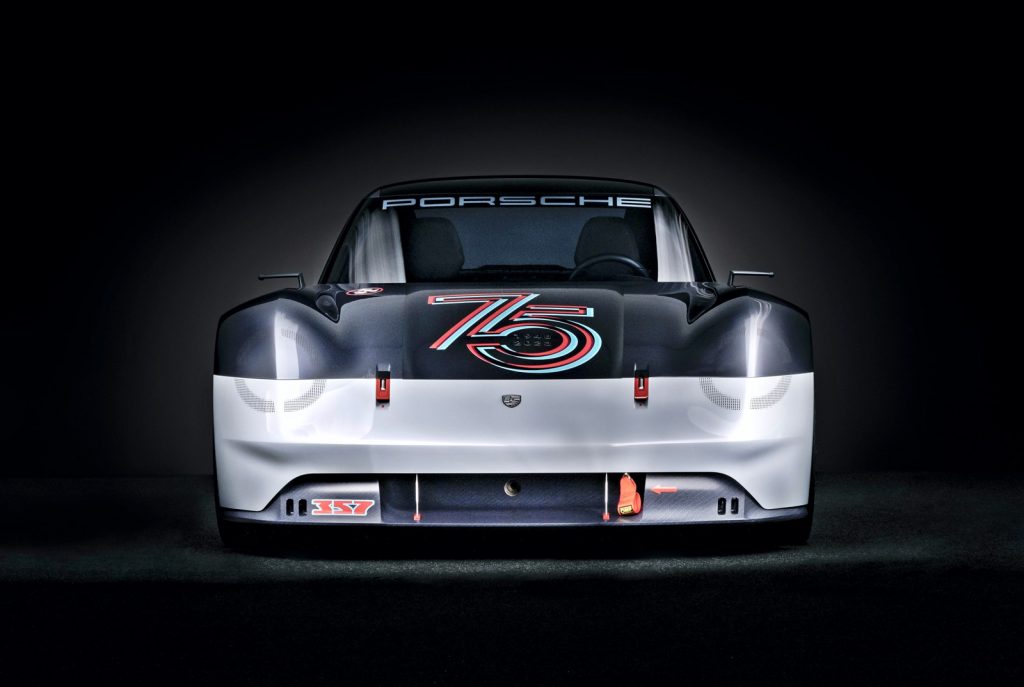
The wide track makes a bullish impression and enhances driving stability. The 20-inch wheels are made of magnesium and covered with aerodynamically advantageous carbonfibre hubcaps and central locks. Visually, they also recall a legendary Porsche wheels on the 356 A and 356 B. Those cars had drum brakes and rims with a notably large bolt circle of 205 mm.
Sporty details from the Cayman GT4 RS
Sporty details from Cayman GT4 RS
The ‘75’ anniversary logo adorns the doors and the front of the design study like a start number. The wraparound, jointless front bonnet is fastened with quick-release mechanisms, while threaded rods stabilise the large front spoiler. On the side sills, the Porsche designers employed natural fibre-reinforced plastic, first seen in the Mission R all-electric GT racing car concept presented in 2021.
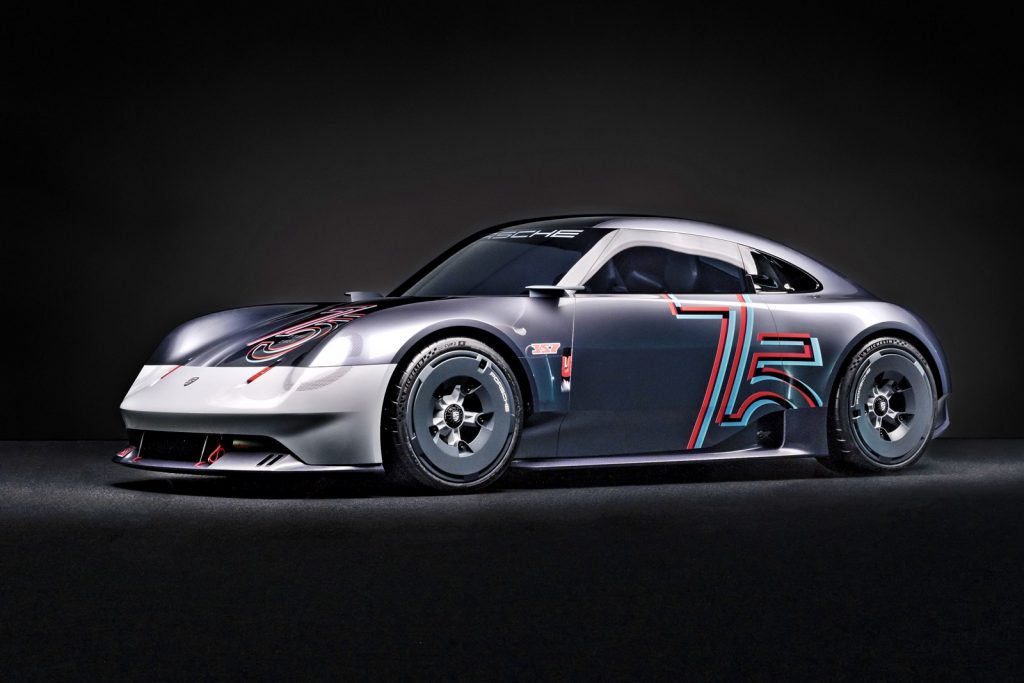
The basis for the sustainable materials is provided by flax fibres from agriculture. Instead of traditional exterior mirrors, the design study is equipped with cameras on the edge of the roof. The visible tailpipe trim in the rear is made of a blueish-looking titanium, while the inside of the tailpipe is made of ceramic.
